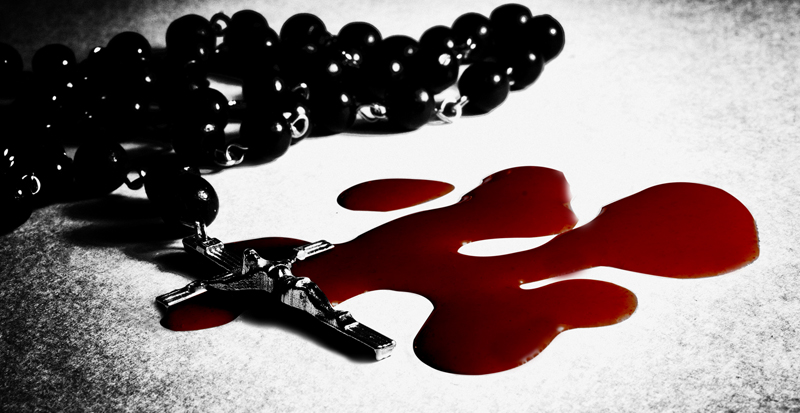-
Par Cruella le 5 Avril 2024 à 09:10
A hundred years before Mozart was born, Heinrich Biber was a court musician in Salzburg, and was considered the leading violin virtuoso of his day. Biber wrote his Battalia à 10 in 1673. It is a programmatic suite for string orchestra, depicting an army preparing for war, getting drunk, marching, and fighting a battle. It ends with a 'lament for wounded musketeers'. The second movement is a quodlibet, a type of 17th century drinking song, during which different singers would bring different folk songs and sing them simultaneously and raucously. Biber titled his second movement, Die liederliche gesellschaft von allerley Humor (“The lusty society of all types of humor”) and, in it, he mixed together Slovak, Bohemian, Austrian and German tunes. In the second violin part, Biber noted, in Latin, “hic dissonat ubique nam ebrii sic diversis Cantilenis clamare solent.” (“Here it is dissonant everywhere, for thus are drunkards accustomed to bellow with different songs.”) Biber creates, for about a minute, an astonishingly dissonant tangle of musical lines, that seem to prefigure 20th century polytonality. Interestingly, the melody in the third violin part is the German folk song, Kraut und Rüben haben mich vertrieben (“cabbages and turnips have driven me away”), a melody which J.S.Bach later used in his own quodlibet, which is the final contrapuntal display in his Goldberg Variations of 1741. In Bach’s quodlibet, the melody is presented, along with a second folk song, Ice bin so lang night bey dir g’west (“I haven’t been with you for such a long time”) in richly harmonised 4-part counterpoint. *
 votre commentaire
votre commentaire
-
-
-
... tendresse et cruauté à travers la littérature










